
Kiwi Pi 5 Ultra
Industrial Single Board Computer Solutions
Industrial single board computers (SBCs) have become critical components in modern manufacturing, automation, and Industry 4.0 applications. Unlike consumer-grade SBCs, industrial single board computers are designed to operate reliably in extreme conditions, offering extended temperature ranges, shock/vibration resistance, and long-term availability. This guide examines key requirements, architectures, and implementation considerations for industrial SBCs, with technical comparisons of current market solutions including the Kiwi Pi 5 Ultra as a representative example.
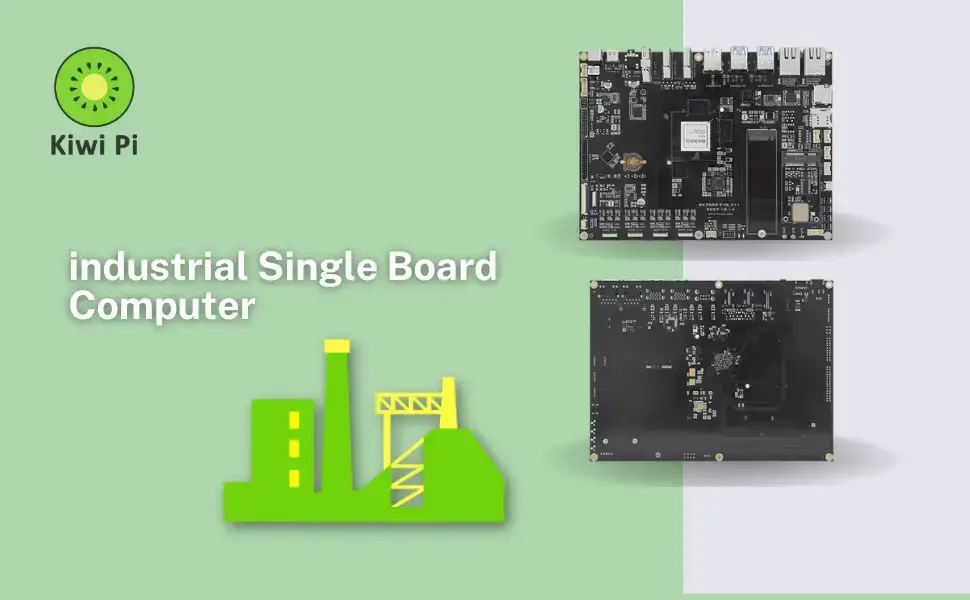
Key Requirements for Industrial Single Board Computers
Industrial environments demand computing solutions that exceed standard commercial specifications. The following parameters differentiate industrial SBCs from consumer products:
Environmental Durability
Extended temperature range: -40°C to +85°C operation
Vibration resistance: 5-50Hz, 5Grms minimum
Shock tolerance: 50G, 11ms half-sine
Humidity resistance: 95% non-condensing
Electrical Reliability
Wide voltage input (9-36V DC typical)
Surge protection (IEC 61000-4-5)
EMI/EMC compliance (EN 55032 Class A)
Isolated COM ports (RS-232/485)
Kiwi Pi 5 Ultra Industrial Features:
The Kiwi Pi 5 Ultra meets many industrial requirements with its -40°C to +80°C operating range, dual Gigabit Ethernet with surge protection, and industrial I/O including 2× RS-232 and RS-485 ports. Its Rockchip RK3588 processor provides the performance needed for machine vision and edge AI applications in factory automation.
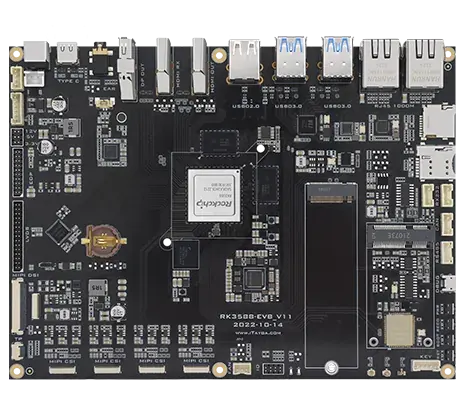
Industrial SBC Architectures and Applications
Processor Selection for Industrial Use
Industrial single board computers typically utilize one of three processor architectures:
| Architecture | Advantages | Typical Applications |
|---|---|---|
| x86 Industrial SBCs | Windows compatibility, high performance | HMI, machine control |
| ARM Industrial SBCs | Power efficiency, cost-effective | Edge computing, IoT gateways |
| RISC-V SBCs | Customization potential | Emerging applications |
Industrial Communication Interfaces
Critical industrial protocols require specialized hardware support:
Fieldbus: PROFINET, EtherCAT, Modbus TCP
Legacy industrial: CAN 2.0B, RS-485
Industrial Ethernet: Time-Sensitive Networking (TSN)
Comparison of Industrial SBC Solutions
| Model | Processor | Industrial I/O | Temp Range |
|---|---|---|---|
| Kiwi Pi 5 Ultra | RK3588 (4×A76 + 4×A55) | 2×RS-232, RS-485, 2×GbE | -40°C to +80°C |
| Venice GW7100 | ARM® Cortex™-A53 | Digital I/O & Analog Port, I2C & SPI Port | -40°C to +85°C |
| Ventana GW5913 | ARM® Cortex™-A9 | Digital I/O & Analog Expansion | -40°C to +85°C |
Real-World Implementation Considerations
When deploying industrial single board computers:
Conformal coating may be required for harsh environments
Consider DIN-rail mounting options
Verify long-term component availability (10+ years)
Evaluate software support (Yocto Linux, RTOS options)
Conclusion
Industrial single board computers represent a specialized segment of embedded computing, designed to meet the rigorous demands of factory automation, energy systems, and transportation applications. Key selection criteria include:
Environmental hardening for temperature, shock, and vibration
Industrial communication protocol support
Long-term availability and reliability
Balanced performance and power efficiency
Solutions like the Kiwi Pi 5 Ultra demonstrate how modern ARM-based industrial SBCs can deliver the combination of AI acceleration, multimedia capabilities, and industrial I/O required for next-generation Industry 4.0 applications. When evaluating industrial single board computers, engineers should carefully match technical specifications to their specific environmental conditions and operational requirements.
-
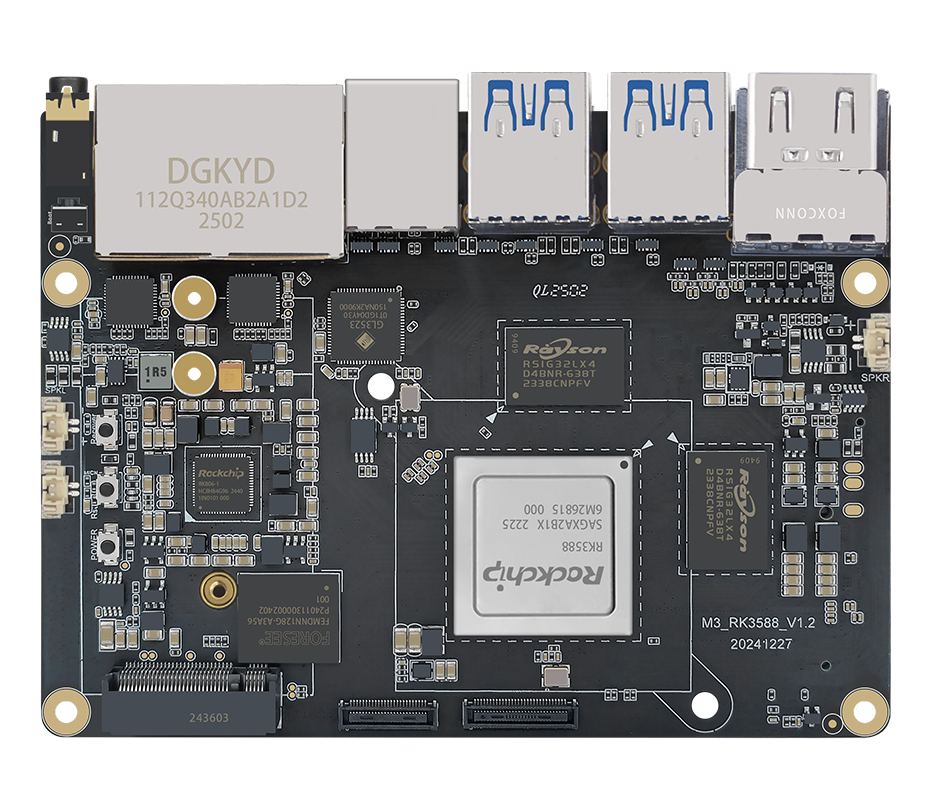
Kiwi Pi 5 Pro
Kiwi Pi 5 Pro
Rockchip RK3588 Quad-Core A76+A55 ARM Mali-G610 MC4,6.0 TOPs NPU
MoreNEW -
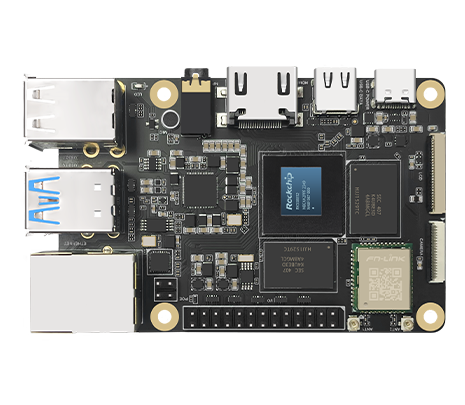
Kiwi Pi 5
Kiwi Pi 5
Powered with RK3588S CPU and RAM & ROM onboard.
MoreNEW -
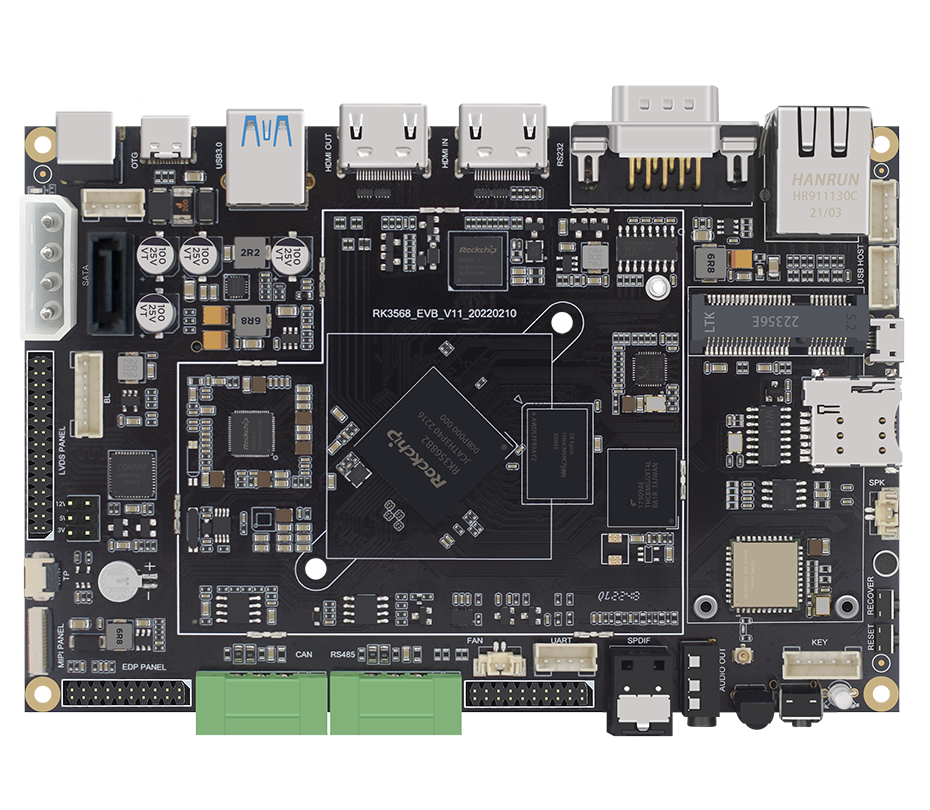
Kiwi Pi 3 Ultra
Kiwi Pi 3 Ultra
Kiwi Pi 3 Ultra employs a versatile SOC situated in the mid-to-high range, manufactured using 22nm technology, featuring a 4-core ARM architecture.
MoreNEW